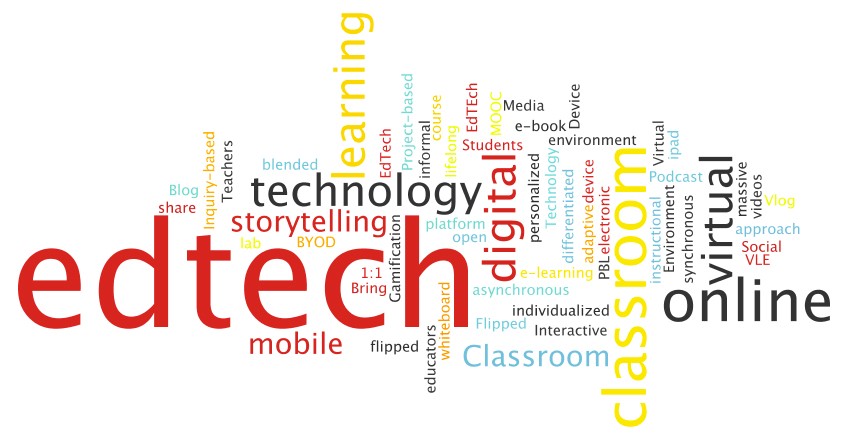After reading the first article, I totally agree with Stommel’s idea on education. She mentioned in the article that “stop attempting to distinguish so incessantly between online and on-ground learning, between the virtual and the face-to-face, between digital pedagogy and chalkboard pedagogy”. (Stommel, 2018) Different teaching method has their own pros and cons and there is no right or wrong. The best teaching method is any way that an instructor could deliver the knowledge to the learners effectively and understanding the need of students. Educational technology platforms indeed provide us with better and more convenient ways to access resource from the internet than face-to-face learning. For example, you can download the textbook to your laptop, you can search keywords on the laptop to jump to the part you need in the textbook, whereas using paper copied textbook is harder to locate to certain information. Technology aids students to learning more effectively, however, both learners and instructors should pay close attention to the eight major ethical concerns: information privacy; anonymity; surveillance; autonomy; non-discrimination; and ownership of information while using edtech. (Regan, 2019)It then brings me thinking about the concept of blended teaching strategy in Vaughan’s article. Blended teaching “addresses the educational needs of the course or program through a thoughtful fusion of the best and most appropriate face-to-face and online activities”. (Vaughan, 2013) The purpose of blended teaching strategy is to have the students more engaged in the educational environment and share their understanding. This reminds me of one of my psychology course. The instructor presents pre-recorded mini-lectures and reading assignments for students to complete and then ask us to write online discussion about the materials; this is an example of “the text-based online asynchronous communication” that students share their thoughts, reflective and understanding online based on the assigned reading and videos. My instructor also provides online office hours through Blackboard Collaboration, where she answers the questions that students are concern about and giving feedbacks on assignments. The real-time office hour would be identified as “face-to-face synchronous communication”. In conclusion, I think all three articles are extremely helpful for use to understand the importance of technology in educational context.
Reference:
Stommel, J. (2018). An urgency of teachers: The work of critical digital pedagogy. Hybrid Pedagogy.
Regan, P., & Jesse, J. (2019). Ethical challenges of edtech, big data and personalized learning: Twenty-first-century student sorting and tracking. Ethics and Information Technology, 21(3), 167-179. DOI: 10.1007/s10676-018-9492-2
Vaughan, N. D., Garrison, D. R., & Cleveland-Innes, M. (2013). Teaching in blended learning environments: Creating and sustaining communities of inquiry. AU Press. [Chapter 1]

Leave a Reply